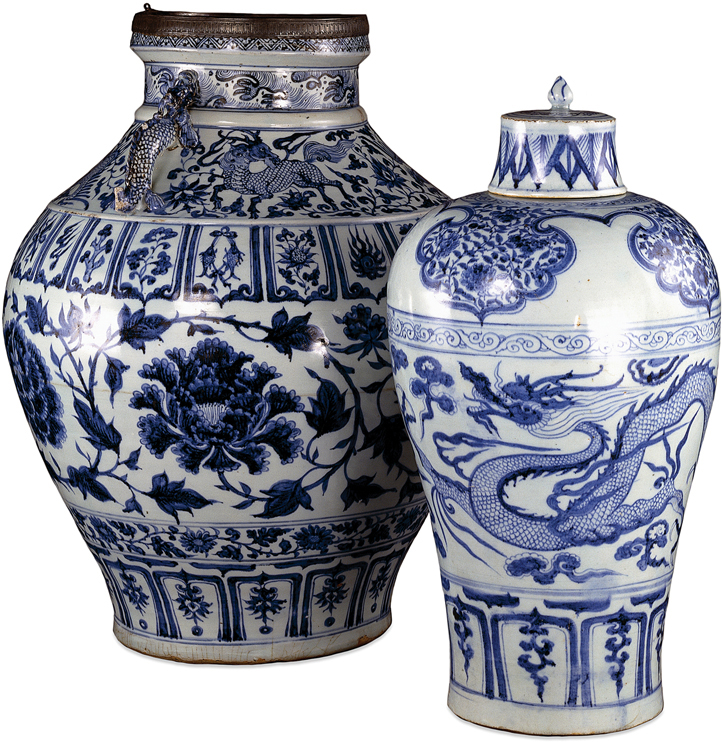A History of World Societies:
Printed Page 377
A History of World Societies Value
Edition: Printed Page 372
China Under Mongol Rule
As discussed in Chapter 12, the Mongols conquered China in stages, gaining much of north China by 1215 and all of it by 1234, but not taking the south till the 1270s. The north suffered the most devastation. The non-
Not until Khubilai was Great Khan was the Song Dynasty defeated and south China brought under the control of the Mongols’ Yuan Dynasty. Non-
Life in China under the Mongols was much like life in China under earlier alien rulers. Once order was restored, people did their best to get on with their lives. Some were deprived of their land, business, or freedom and suffered real hardship. Yet people still spoke Chinese, followed Chinese customary practices in dividing their family property, made offerings at local temples, and celebrated the new year and other customary festivals. Teachers still taught students the classics, scholars continued to write books, and books continued to be printed.

The Mongols, like other foreign rulers before them, did not see anything particularly desirable in the social mobility of Chinese society. Preferring stability, they assigned people hereditary occupations such as farmer, Confucian scholar, physician, astrologer, soldier, artisan, salt producer, miner, and Buddhist monk; the occupations came with obligations to the state. Besides these occupational categories, the Mongols classified the population into four grades, with the Mongols occupying the top grade. Next came various non-
The reason for codifying ethnic differences this way was to preserve the Mongols’ privileges as conquerors. Chinese were not allowed to take Mongol names, and great efforts were made to keep them from passing as Mongols or marrying Mongols. To keep Chinese from rebelling, they were forbidden to own weapons or congregate in public. Khubilai even prohibited Chinese from dealing in bamboo because it could be used to make bows and arrows.
As the Mongols captured Chinese territory, they recruited Chinese into their armies and government. Although some refused to serve the Mongols, others argued that the Chinese would fare better if Chinese were the administrators and could shield Chinese society from the most brutal effects of Mongol rule. A few Confucian scholars devoted themselves to the task of patiently teaching Mongol rulers the principles of Confucian government.
Nevertheless, government service, which had long been central to the identity and income of the educated elite in China, was not as widely available under the Mongols. The Mongols reinstituted the civil service examinations in 1315, but filled only about 2 percent of the positions in the bureaucracy through them and reserved half of those places for Mongols.
The scholar-
Since the Mongols wanted to extract wealth from China, they had every incentive to develop the economy. They encouraged trade both within China and beyond its borders and tried to keep paper money in circulation. (See “Viewpoints 12.2: Circulating Paper Money.”) They repaired the Grand Canal, which had been ruined during their initial conquest of north China. Chinese industries with strong foreign markets, such as porcelain, thrived. Nevertheless, the economic expansion of late Tang and Song times did not continue under the alien rule of the Jurchens and Mongols. The economy of north China, with its strong iron industry, contracted under the Jurchens, and the destruction of cities was extensive during the first five decades of Mongol rule of the north.
The Mongols’ Yuan Dynasty began a rapid decline in the 1330s as disease, rebellions, and poor leadership led to disorder throughout the country. When a Chinese strongman succeeded in consolidating the south, the Mongol rulers retreated to Mongolia before he could take Beijing. By 1368 the Yuan Dynasty had given way to a new Chinese-